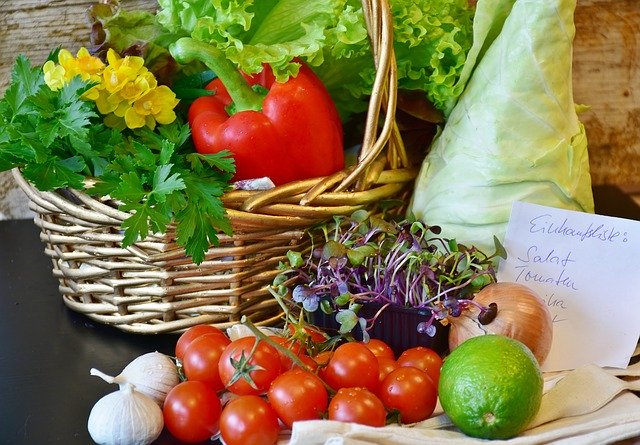
As seasons change, we need to adjust our diet to adapt to be in alignment with nature. This is especially apparent in regions where there are four seasons, but less obvious in warmer regions. If large green salads loaded with fresh vegetables from the garden don’t hold the same allure, this is natural. It is not an accident that we crave different foods in the fall and winter than we do in the spring and summer.
Our bodies go through seasons as well. Spring is the time for cleansing. Summer is the season for growth and activity. In autumn, there is another shift in energy and climate. This dictates a shift in diet as well. In early autumn, the last of the fruits and watery vegetables is harvested. Whole grains, legumes, nuts, and seeds are also harvested. In late autumn, the harder root vegetables, such as carrots, beets, potatoes, onions, and garlic come in. Squash is also harvested. These require more heat to prepare.
It is not natural to eat light, sweet fruits such as melons and berries in the cooler months. That is not always apparent as these fruits are available in the grocery stores year-round. That is not the way it was for our ancestors. They ate what nature provided in the regions where they lived. Foods that were readily available were what was on the menu.
Fruits and vegetables that are imported from warmer countries are not as nutritious as foods that come from local farms. To get the produce where it is going without spoiling, farmers practice what is called “green harvesting”. This is a practice of harvesting before produce has reached peak ripeness. This means that valuable “phytonutrients” are missing from the food. Phytonutrients are the chemical compounds in the produce that naturally protect it from pests. Produce must be sprayed with pesticides. Phytonutrients are also the antioxidants that protect humans from oxidative stress which causes inflammation and aging.
In winter months, rich, warm, and savory flavors make us feel full and satisfied and address our natural desire for comfort foods that provide the fuel for our furnace, to keep us warm in winter months. People spend more time at home, resting and recharging. Avoid the temptation to over-indulge in sweet and fatty foods.
Eating with the seasons also offers us a natural way to rotate foods in and out of our diet, creating variety and avoiding long term consumptions of the same foods. This gives us a broad spectrum of nutrients and prevents us from developing food sensitivities.
Our diet should shift to align with what is being harvested. Nature offers cues to what we should be transitioning to in the cooler months. Pay attention to what foods are offered at your local farmers markets.
Jill,
Certified Nutritional Counselor, Lifestyle Educator and Eating Psychology Coach





